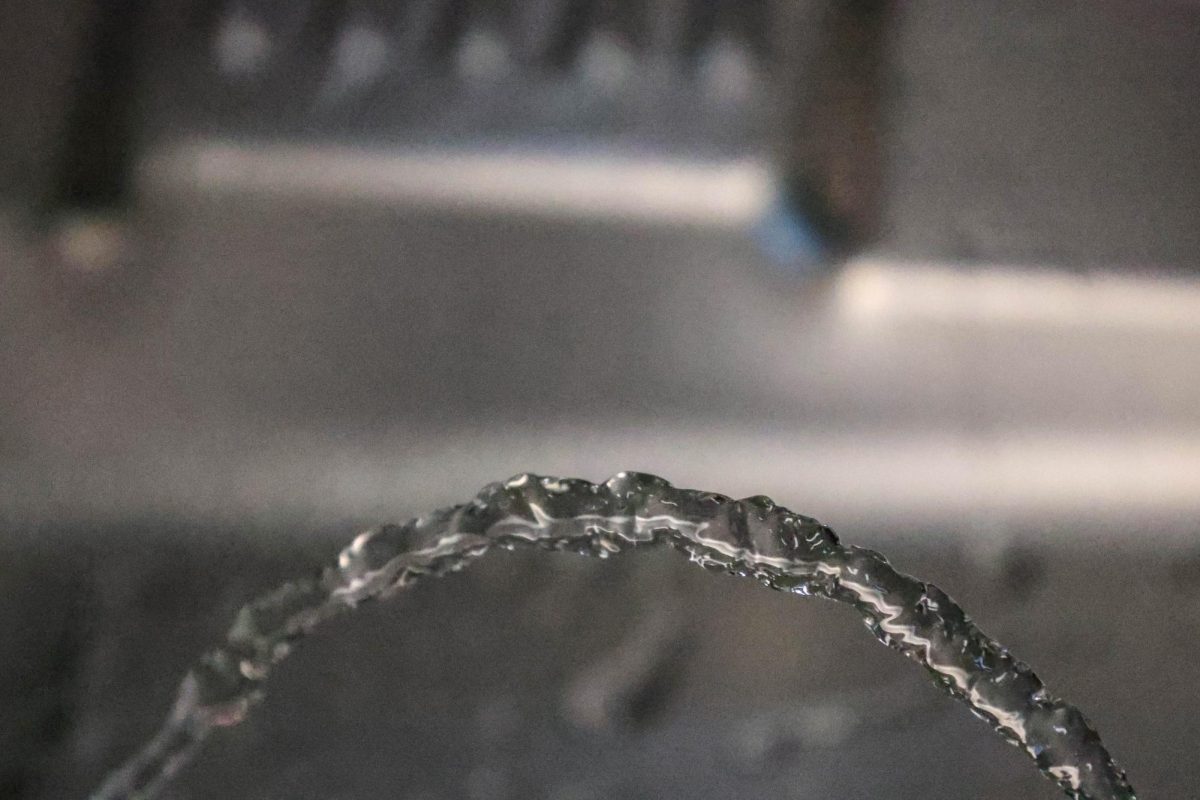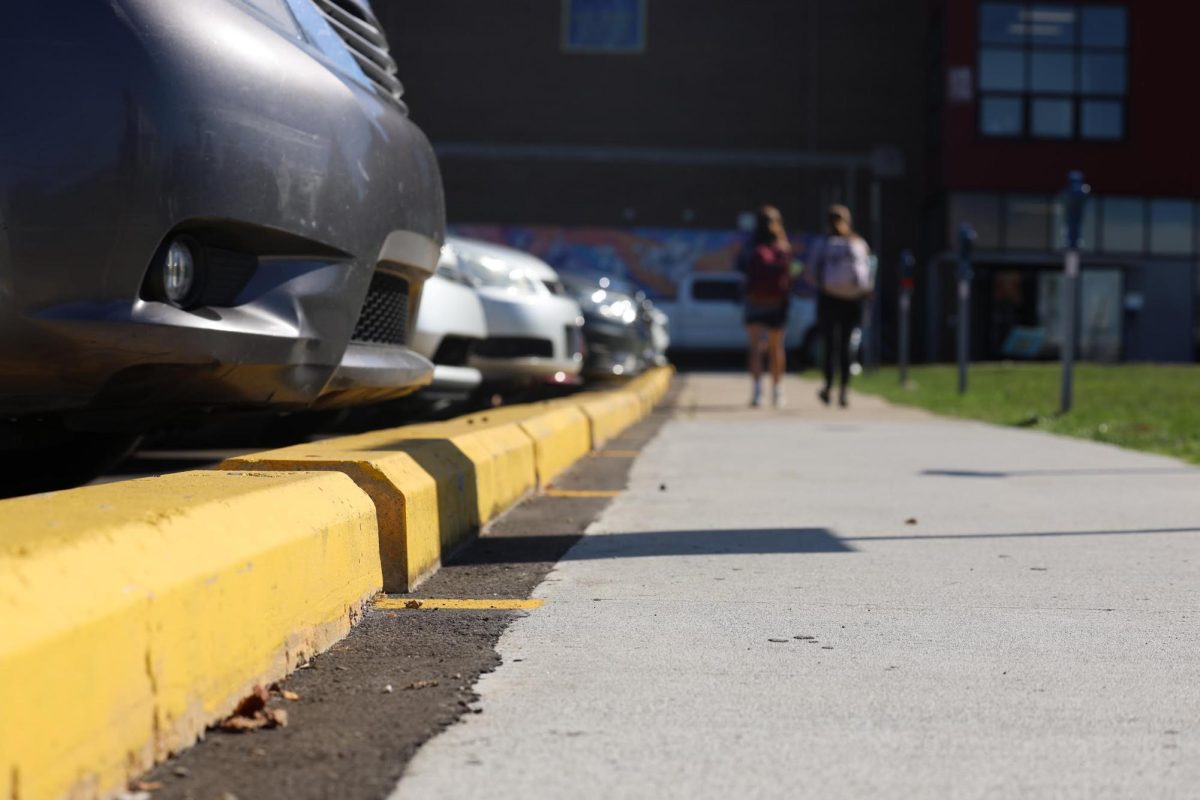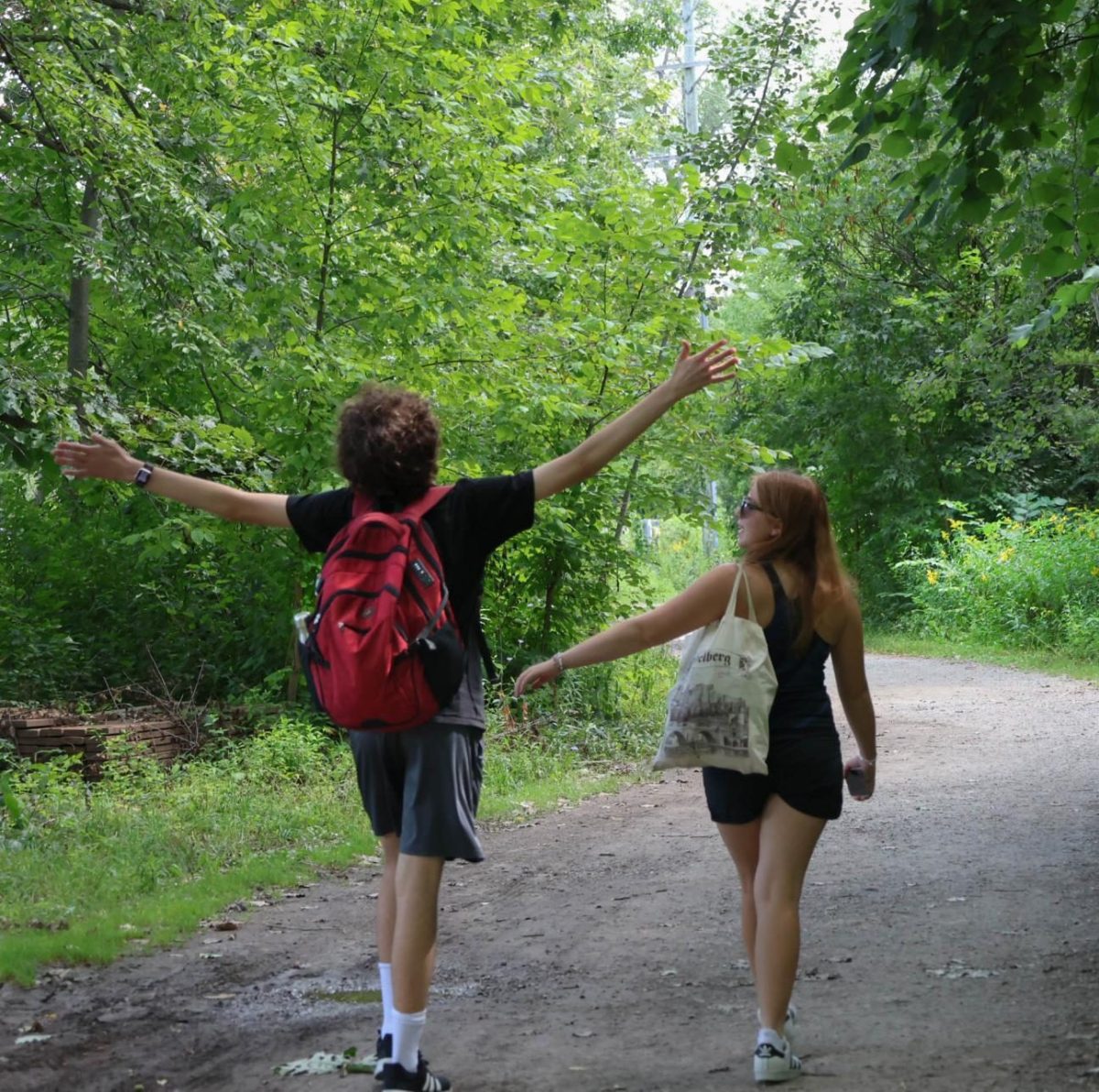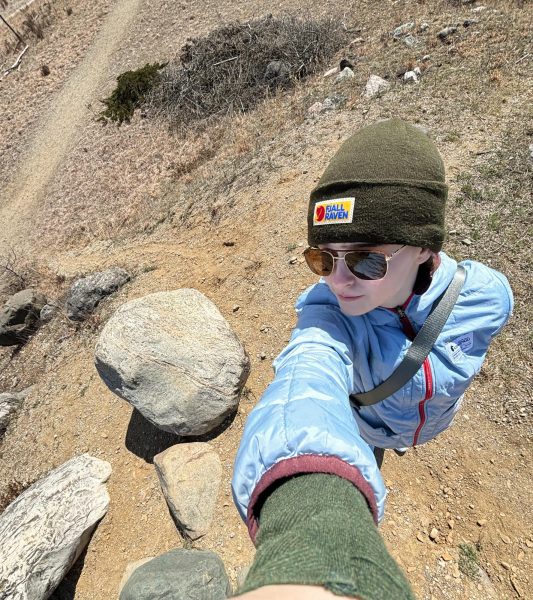My mom pulled into the Pioneer High School clocktower drop-off loop and my brother opened his door to exit our vehicle. The next second my mom yelled for him to pull it shut and not get out. A minivan sped around our car and a few others in front of us before stopping to let their student out. This moment illustrated for me the problems with AAPS transportation services and plans.
Our family receives frequent communications from Pioneer that beg parents to maintain a single lane of cars and obey traffic laws on Stadium Road. Unfortunately, many rushing parents squeeze around other cars in the small drop-off loop and put other students in danger.
Many parents in the AAPS district have no other choice in the mornings. From each school, a one-and-a-half-mile radius is drawn. This is called the ‘walk zone’. Encouraging physical activity and more environmentally friendly ways to get to school is great, but in Michigan, this is wishful thinking.
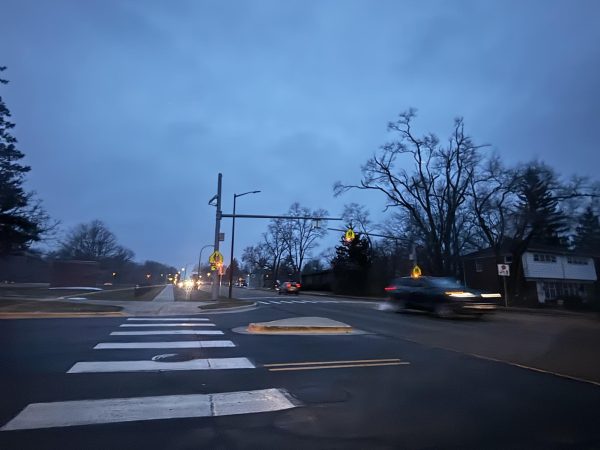
When I leave the house in the morning to make it to school in time it is still dark outside for most of the winter. If I have an after-school activity, I can often see the sunset over the snowy landscape. Walking to school in the dark is not safe for students, even if they live within a mile of the school.
In March 2023, a Pioneer student was hit by a car while walking to school. She survived, but other students have not been so lucky. In 2016 a Community student walking to Pioneer on a dark morning was struck by a car. He is no longer with us.
Another consideration when it comes to which students can walk to school needs to be temperature. A half-hour walk in below-freezing temperatures is dangerous. Not to mention that the sidewalks could be icy.
As a student who has Raynaud’s Disease, it would not be safe for me to walk the mile to school each morning because of Michigan winter temperatures. Raynaud’s attacks are painful and put me at a greater risk of frostbite. Expecting other students to walk to school because of where they live is also inequitable. Physically disabled students may not be able to make it to school safely in the winter if there is ice or someone hasn’t shoveled their sidewalk.
The easiest solution to environmental safety and traffic issues is bussing.
In 2015, AAPS began its partnership with Durham Transportation Services and in 2022 bus routes were cut due to staffing shortages. Durham has caused many problems for the district and student bus riders.
This fall, a bus aide was reported for beating an autistic seven-year-old boy on his bus. His mother could tell that something was wrong when he got home but the district tried to cover up the incident for weeks. Why is AAPS still working with Durham? An inability to hire and retain drivers in addition to child abuse should not be overlooked.
More buses would mean fewer individual vehicles on the road which is ultimately better for the environment. It would also relieve congestion at every drop-off and pick-up spot. Taking a school bus can protect kids from weather conditions and distracted drivers. A different transportation service and more bus routes would be expensive for the district but save the lives of children.
It would be hard for me to forget that moment when my brother could have been hit by that minivan. Though the driver would have been at fault, this situation illustrates the need for increased bussing in the district because rushing parents are often not cautious drivers.






